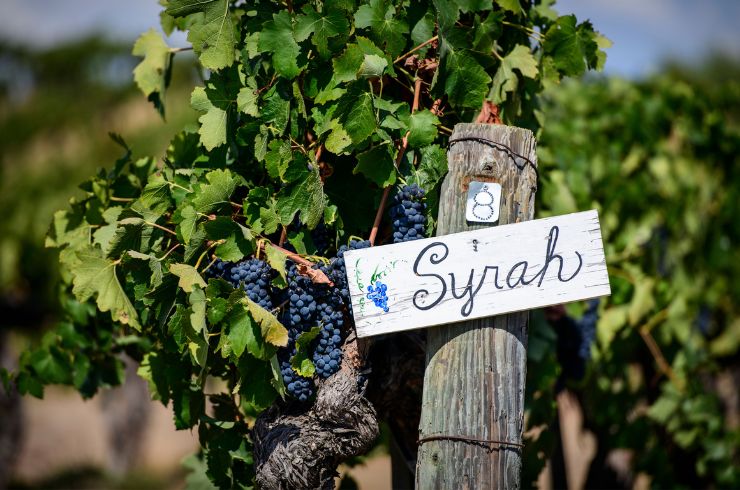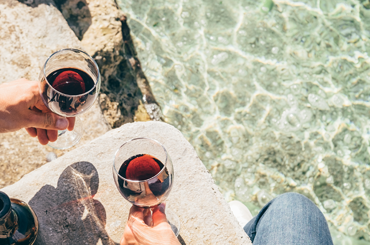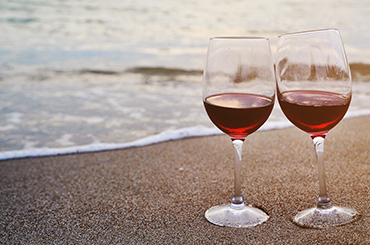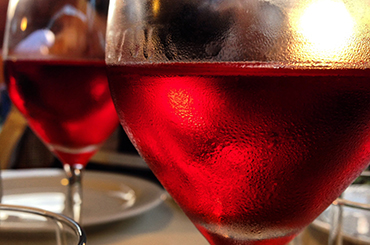Summer reds can be classified as light, fresh, and fruit-forward. Occasionally, they can even be popped into the Esky and chilled. Some examples ripe for a long, summer lunch or picnic on a pier could be a grenache, tempranillo or pinot noir. While it can be easy to refrain from picking a red wine over white during the warmer months, the following three winemakers from around the country share why they believe red wine deserves a spot at the table.

Mitchell Taylor – Taylors Wines, SA
H: What is unique about your product and how it is made?
M: In addition to the unique French and American oak maturation, we feature an interactive temperature sensor on the back label of all our Estate wines. This temperature-sensitive label educates wine drinkers about the proper serving temperature of reds, like our Estate Tempranillo, which we recommend serving between 14°and 16°C – much cooler than room temperature. It’s unique to Taylors and helps you experience the wine the way our winemakers intended.
H: Has your winemaking evolved in recent times?
M: While we’ve continued to excel in producing outstanding shiraz and cabernet sauvignon wines at Taylors, it’s equally exciting to explore newer, emerging varieties such as tempranillo in our classic Estate range. These alternative varieties are so well suited to the Australian climate, both for growing and enjoying. And as our winemakers continue to manage the challenges posed by a changing climate, these emerging varieties will become more common on the dinner table.
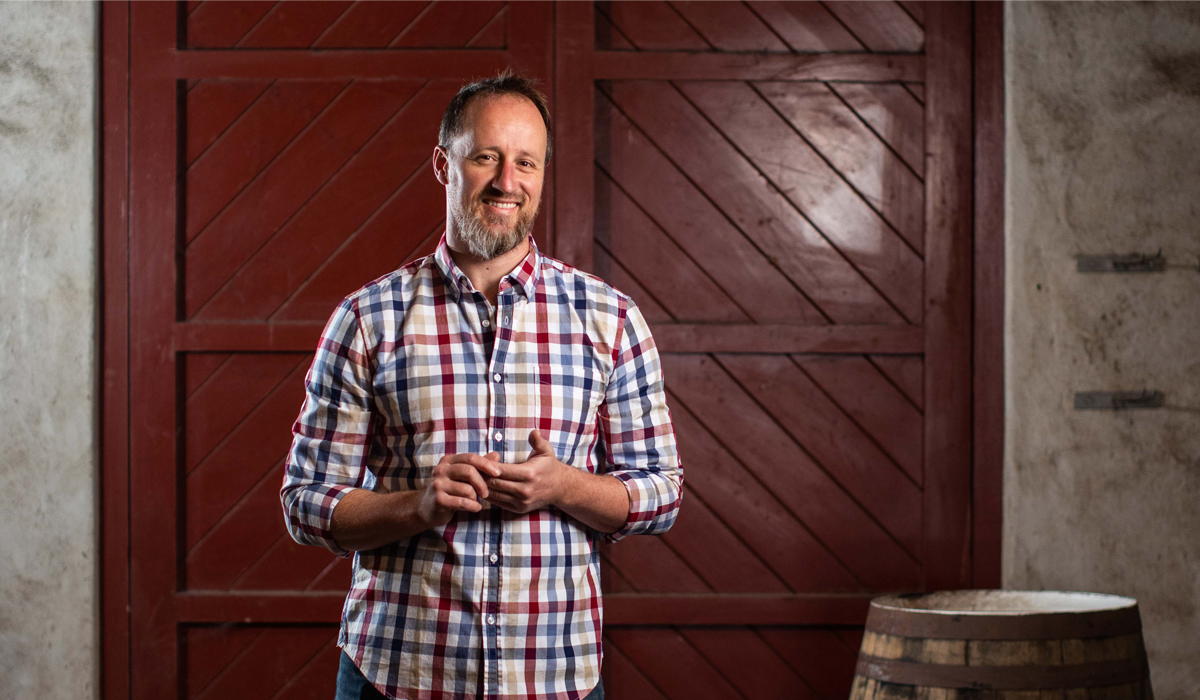
Sam Wigan – Running with Bulls, SA
H: What do you believe sets your garnacha apart?S: Our garnacha is made with whole bunch and whole berry fermentation. We treat the grapes very gently in the winery, opting for open-top fermenters with heading down boards and allowing a cool fermentation temperature. We also refrain from using any oak as we don’t want to cover any of the gorgeous aromatics of the variety.
H: Has your winemaking processed evolved or changed in any way?
S: It was first planted in the Barossa in the early 1840s and originally used in fortified wine production. Grenache has stood the test of time, with many dry-grown vineyards surviving for more than a century. We often refer to it as the 'pinot of the Barossa' and now make a style that involves whole bunch and wild fermentation to produce an aromatic, juicy and downright drinkable version of grenache.
Find out more.
S: It is a single-vineyard wine from two varieties co-fermented to make a delicious and balanced summer red. It is a unique blend of pinot noir (51%) and shiraz (49%) that was first considered in the 1930s by the late great Maurice O’Shea of Mount Pleasant Wines in the Hunter Valley. We proudly introduced the blend to the Yarra Valley late 2015, before our neighbour down the hill and now up to eight other producers in the Valley have taken on the style in their own way. It’s great to see and something we are proud of.
H: How do you approach its winemaking process?
S: There are several critical parts of the growing and making of our YRB. One is site selection, where we choose the coolest part of the pinot noir block to be picked within a day or so of the first shiraz block that is picked. Another is co-fermentation of the whole berries of both varieties, where the flavours are married from the outset, with any pothole in the nose or palate filled in by the other variety. It’s quite magical. We also use gentle pump overs, no new oak and bottle early without fining and minimal filtration.
Simon Steele – Medhurst, VIC
H: What can you tell us about your wine, the YRB (Yarra River Burgundy)?S: It is a single-vineyard wine from two varieties co-fermented to make a delicious and balanced summer red. It is a unique blend of pinot noir (51%) and shiraz (49%) that was first considered in the 1930s by the late great Maurice O’Shea of Mount Pleasant Wines in the Hunter Valley. We proudly introduced the blend to the Yarra Valley late 2015, before our neighbour down the hill and now up to eight other producers in the Valley have taken on the style in their own way. It’s great to see and something we are proud of.
H: How do you approach its winemaking process?
S: There are several critical parts of the growing and making of our YRB. One is site selection, where we choose the coolest part of the pinot noir block to be picked within a day or so of the first shiraz block that is picked. Another is co-fermentation of the whole berries of both varieties, where the flavours are married from the outset, with any pothole in the nose or palate filled in by the other variety. It’s quite magical. We also use gentle pump overs, no new oak and bottle early without fining and minimal filtration.
Find out more.
*This article was produced by Halliday Wine Companion in partnership with the featured wineries.
Latest Articles
-
News
The power of perspective: Ryan Ponsford's Entropy
2 Dec 2025 -
Events
Halliday Wine Academy: Wine Immersion Tours
30 Nov 2025 -
Travel
Scenic's Southern France and Bordeaux river cruises are tailor made for wine lovers
30 Nov 2025 -
News
What’s in a name? The etymological origins of popular grapes.
30 Nov 2025




